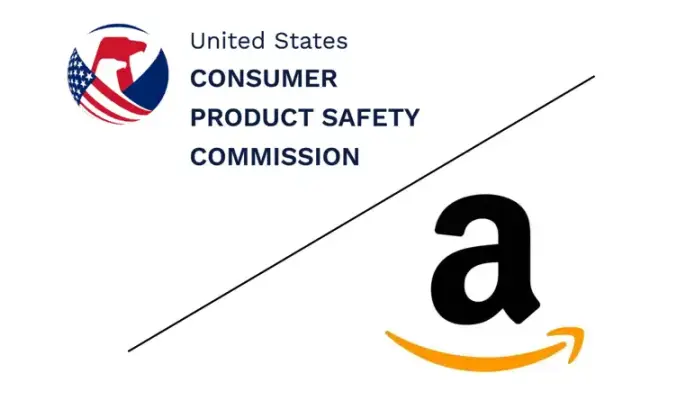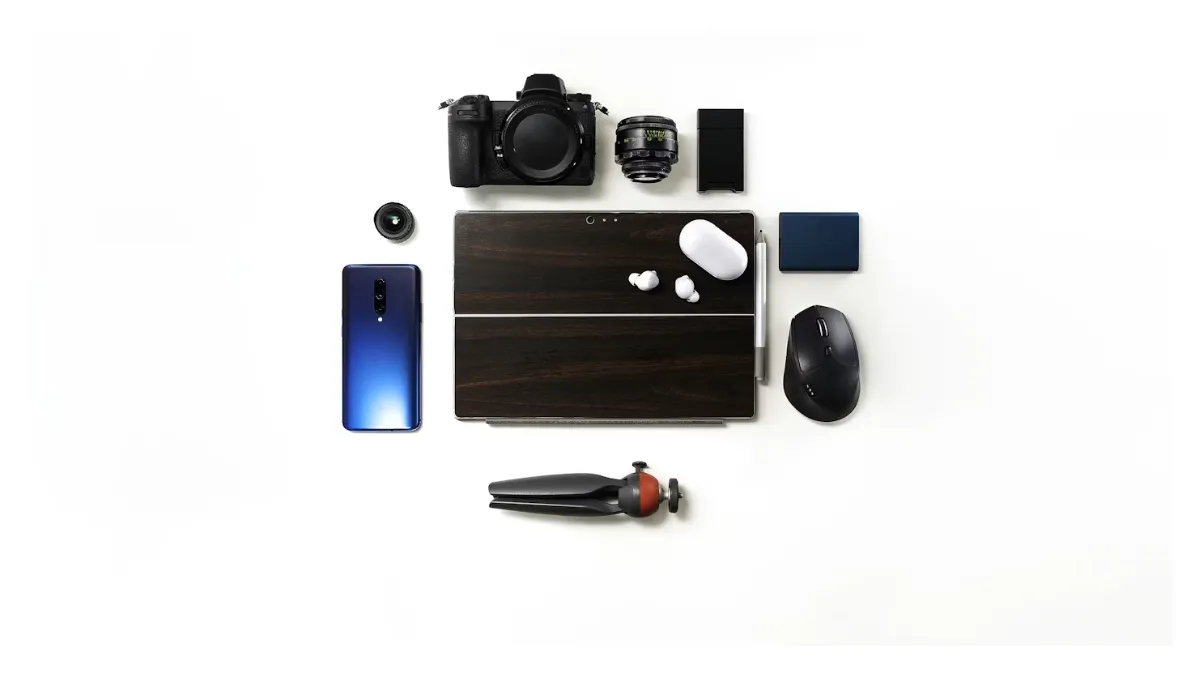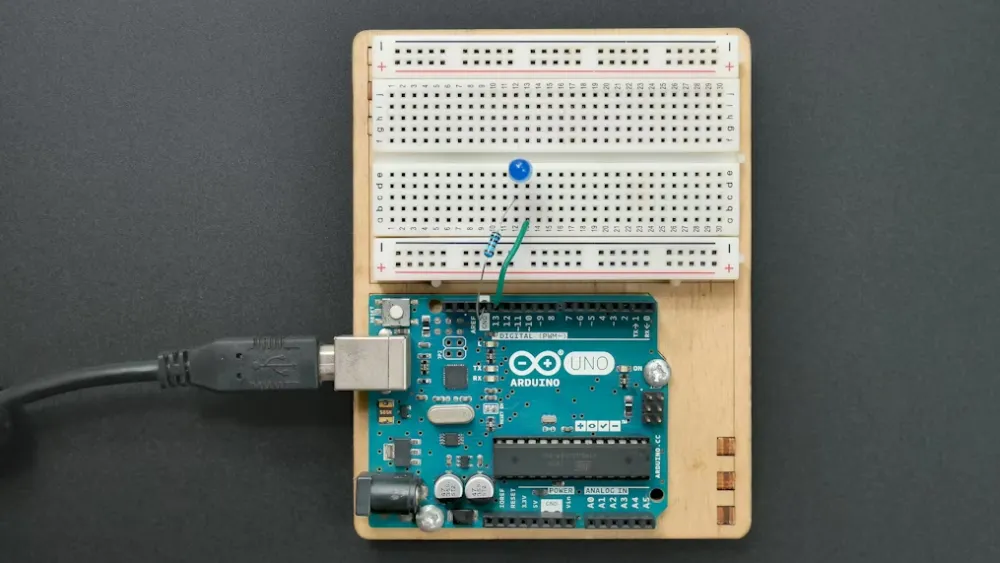
Amazon Button Battery UL 4200A & 16 CFR 1263 Compliance
In recent years, incidents of children accidentally swallowing button batteries have led to severe injuries and even fatalities. To address this safety hazard, the U.S. Consumer Product Safety Commission (CPSC) has begun enforcing 16 cfr 1263, which requires that all consumer products containing button or coin batteries comply with the ANSI/UL 4200a-2023mandatory safety standard.
Amazon U.S. is following suit. Starting March 19, 2024, all related products must be certified; otherwise, they may face removal from the platform.

Which Products Require Certification?
This policy applies to flat, round single-cell batteries(including button and coin batteries) with a diameter of approximately 5–25 mmand a height of 1–6 mm, as well as consumer products containing these batteries, such as:
CalcULators, remote controls, electronic clocks
Cameras, flameless candles
LED clothing/shoes, holiday decorative light strings
Musical greeting cards, keychain flashlights
Small portable electronic devices such as beauty instruments
Note:Products that have already passed the toy safety standard 16 CFR 1250are exempt from this requirement.
Core Safety Requirements
The UL 4200Astandard aims to prevent children from accidentally swallowing or inhaling batteries. Key requirements include:
1. Child-Resistant Battery Compartments
Battery compartments must meet either:
“Tool-requiRED opening”(e.g., screwdriver, coin)
“Two-step opening”(two independent actions, such as press + slide)
2. Mandatory Performance testing
Products must pass a series of tests simulating “reasonably foreseeable misuse”, such as:
Drop tests
Impact tests
Compression tests
Torque tests
Pull tests
These tests ensure batteries do not dislodge or become accessible under various conditions.
3. Full-Chain Labeling Requirements
Warning statements must appear in three locations:
1. Product packaging
2. Product itself (if space permits)
3. Included instructions
The warning must clearly communicate the risk of battery ingestion and comply with CPSC formatting requirements.
4. Battery Packaging Protection
Button or coin batteries sold individually must meet child-resistant packaging requirements(16 CFR §1700.15) to prevent children from opening them.
Required Compliance Documents
To prove compliance to Amazon, you must prepare and submit the following:
1. Test Reportfrom an ISO 17025-accredited laboratory (e.g., JJRLAB), showing the product meets ul 4200a-2023and 16 CFR 1263requirements.
2. General Certificate of Conformity (GCC):Must be based on the test results, declaring that the product meets UL 4200A requirements.
3. Product Images:Showing model number, all required warning labels (on packaging and product), instruction manual, and child-resistant packaging (if applicable).
4. Product Safety Instructions and User Manual
Important:All submitted documents must be authentic, original, and unaltered. Test results must show “Pass”or “Not Applicable (NA)”. Results of “Fail”or “Non-compliant”will not be accepted.
Certification Process
The general process for UL 4200A certification and 16 CFR 1263 compliance is as follows:
1. Project Application:Submit an application to a certification body or laboratory.
2. Document Preparation:Prepare all necessary certification documents.
3. Sample Submission:Send product samples to an accredited laboratory for testing.
4. Product Testing:Laboratory performs tests according to the standard.
5. Report Preparation:Engineers compile the test data into a report.
6. Submission for Review:Submit the report for review.
7. Certificate Issuance:Once approved, receive the ul test report and gcc certificate.
Timeline:The process typically takes 5–7 business days, though some sources indicate it may take approximately two weeks.
Email:hello@jjrlab.com
Write your message here and send it to us
 Infant Support Pillow 16 CFR 1243/1242 & ASTM
Infant Support Pillow 16 CFR 1243/1242 & ASTM
 BRM Registration Card Under CFR Part 1130 Regulati
BRM Registration Card Under CFR Part 1130 Regulati
 How to get a D-U-N-S® Number for US FDA Registrati
How to get a D-U-N-S® Number for US FDA Registrati
 Household Massage Devices Compliance in the China
Household Massage Devices Compliance in the China
 Compliance for the Global In Vitro Diagnostic (IVD
Compliance for the Global In Vitro Diagnostic (IVD
 Compliance Guide for Nebulizers in European and Am
Compliance Guide for Nebulizers in European and Am
 Cybersecurity Certification Service for EU RED Dir
Cybersecurity Certification Service for EU RED Dir
 ANATEL Certification Compliance Guide for Brazil M
ANATEL Certification Compliance Guide for Brazil M
Leave us a message
24-hour online customer service at any time to respond, so that you worry!




